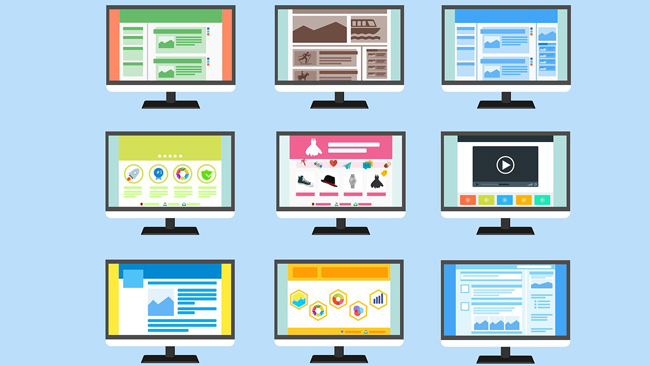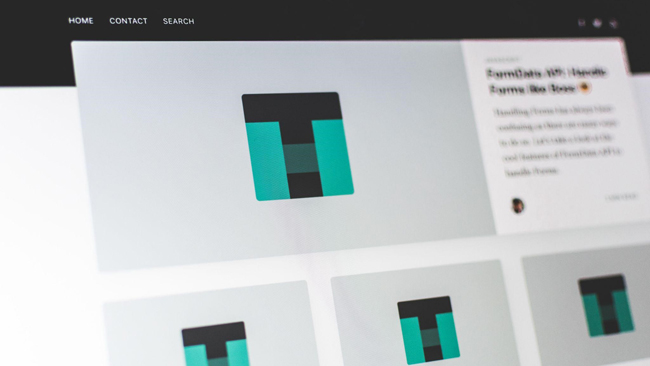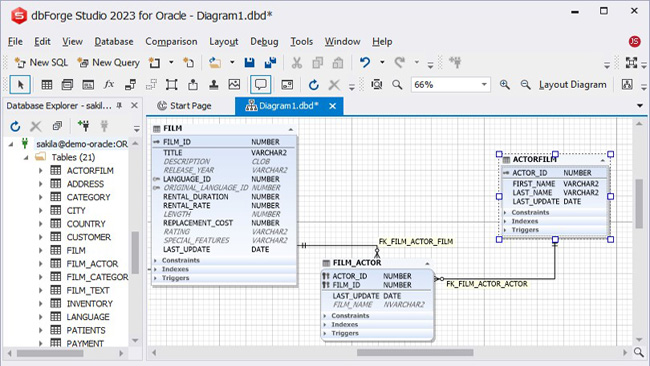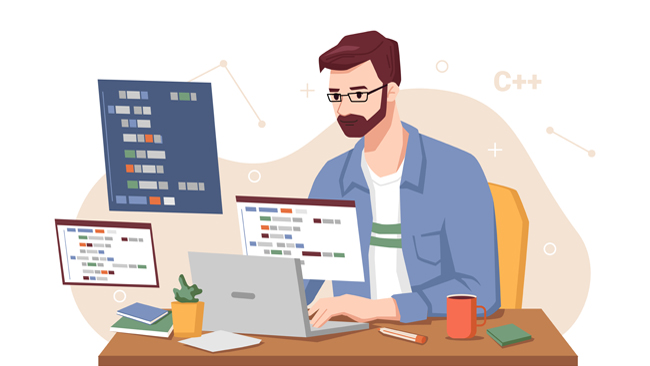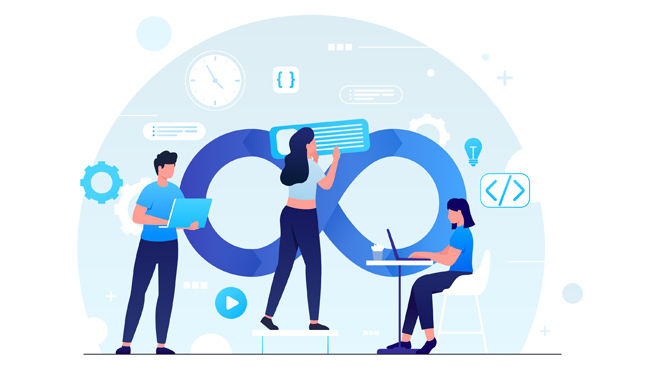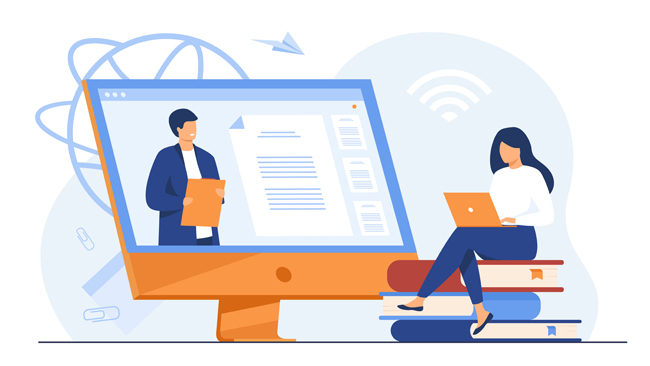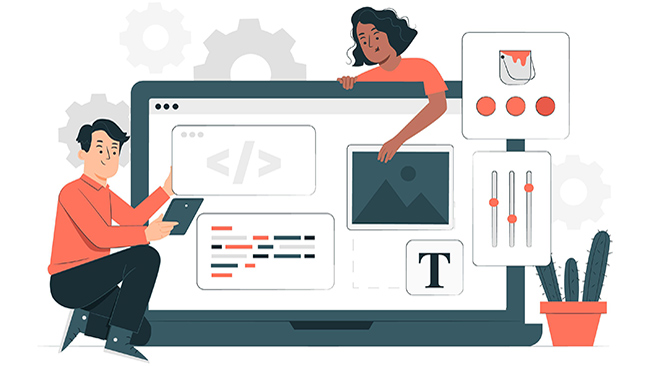The mission of a software developer is not just to write code. The main task is building robust, ..
What Elements Make Up the User Experience of a Website?
When it comes to your websites and User Experience, there is a lot to consider. And when it comes to ..
Maintaining Consistency in Branding Across Web Design Elements
In the fast-paced digital world, where online interactions continue to shape consumer perceptions ..
Finding the Best Tool for Oracle Database Design
Navigating the labyrinth of data management in today's digital landscape demands robust and ..
Virtual Server for Development and Testing
Welcome to the world of virtual servers, where developers and testers have found a cost-effective, ..
How to Manage Your Website Successfully
Having your own website for your small business can be beneficial, but only if you know how to work ..
Mark Stiffler Discusses the Integration of No-Code DataOps
Data is the lifeblood of any modern business. In today's competitive landscape, the ability to make ..
Everything You Need to Know About Dedicated Team Development
Today, a lot of businesses are required to employ digital solutions. However, few have the financial ..
Key Features of a Top Software Development House
Many top-class software development houses exist in the market today. And you may sometimes feel ..
Top 5 Software Development Trends to Add Value to Your Business
Software development is a collection of computerized activities that create and design software. The ..
10 Shopware 6 Extensions To Increase Sales
All over the world, e-commerce is becoming more and more popular, and many businesses are trying to ..
Why do companies need an LMS?
We all need to learn something to advance our careers. In this light, the comfort of learning is ..
Top Reasons to Choose Headless CMS
Headless CMSs are changing how development and content teams work. This disruptive technology is ..
How to Use VueJS and Why Make it a Part of Your Work
The continuing progress that we observe in the digital market forces the development of new tools, ..
How To Ensure a Security Conscious Development Life Cycle
The Software Development Life Cycle is a well-defined approach for most businesses that involve the ..


